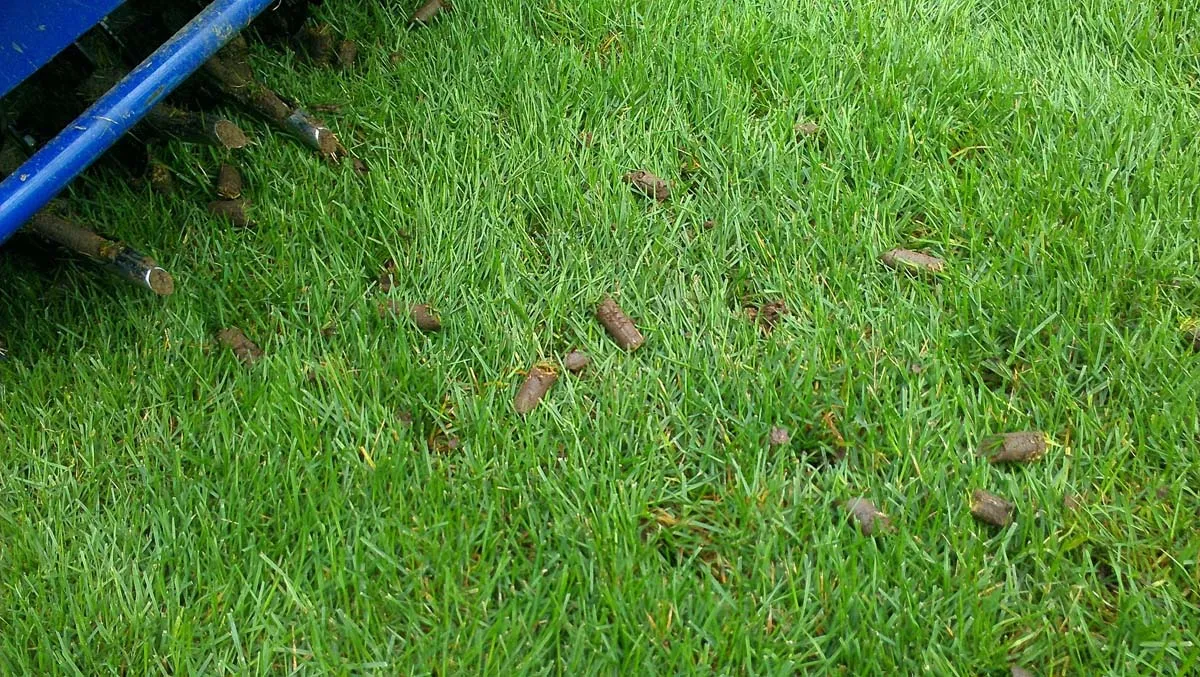Zoysia lawns in North Florida during winter months can go partially dormant and look tiger striped, snake patterned, or lawn pest damaged. The reality is that it's not a lawn pest or fungus. It is cold dormancy setting in unevenly.
How can you help? The number one thing you need is patience. Patience for a harder frost to send the rest of the lawn into dormancy or patience for it to grow out once it warms up.
Although this cannot be solved with fertilization or Gainesville lawn spraying, we do offer these services to help your lawn get back in shape this spring. Fill out the form above or call us at (352) 378-LAWN today.







